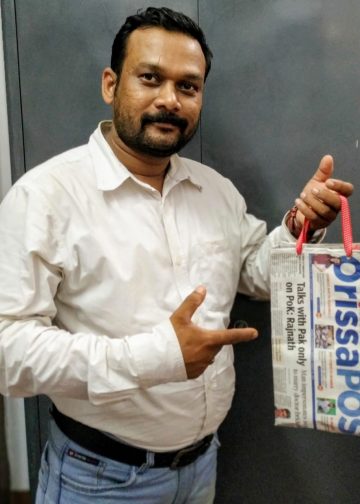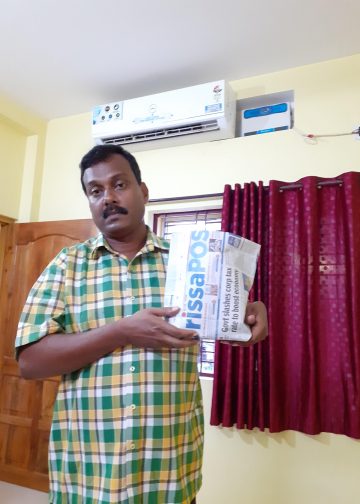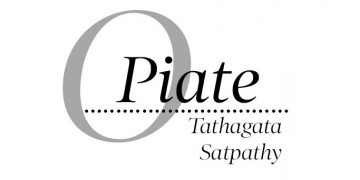Baripada: The tribal-dominated Mayurbhanj district has a unique place in the state owing to its art, culture, heritage, architecture and cuisine. Here, centuries old forts and palaces, battered by the ravages of time, stand testimony to the glorious royal regime of hoary past.
Haripurgarh, a fort, carries the signature of the district’s royal past.
Due to the preference of the rulers of the Bhanja dynasty, Baripada was the capital city of the erstwhile Mayurbhanj princely state.
Situated 20 km south-east of Baripada town, Haripurgarh now remains in ruins. The fort was named after King Harihar Bhanj. The place was encircled by river Budhabalanga from three sides with a route straight to Puri on one side.
In 1508, the Mughals had invaded many parts of Orissa. The provincial kings preferably hunted for places lying close to river, hills and dense forests.
Protected by a river from three sides, Haripurgarh fort was of strategic importance in view of its geographical location. This is perhaps the reason the kings had set up their capital at the place.
There is archeological evidence that the raj durbar started functioning at Haripurgarh since 1770.
Haripurgarh had accommodated a magnificent royal palace, which rose 1091 ft in the east, 1102 in the west, 652 ft in the north and 686 ft in the south side.
Rani Hansapur (royal boudoir for queen) was in the south-western corner of the palace. It had all kinds of luxuries like a swimming pool and water tank, apart from inlet and outlet water system. The boudoir bore the signature of sophisticated engineering of that era.
Rasikray Temple is situated to the south-east direction of the fort. A king had this temple built in honour of Lord Guru Raskananda Thakura. Built exclusively with bricks, its architecture was unique. It was the first temple in Orissa, which was built only with bricks.
The bricks had beautiful designs and varied forms on them, which is usually not found anywhere in the state.
For the last three centuries, the temple has been standing proudly.
Aside from that, the fort had Laxminarayan Temple and Telugu Gate (Telenga Darwaja).
In the middle of the fort was a courtyard while on its south was the durbar hall. The royal infrastructure, however, crumbled into ruins with the passage of time.
After excavation, historians and researchers have found traces of the several rooms and luxurious swimming pool.
The Archeological Survey of India has taken over the maintenance of the place. PNN






































